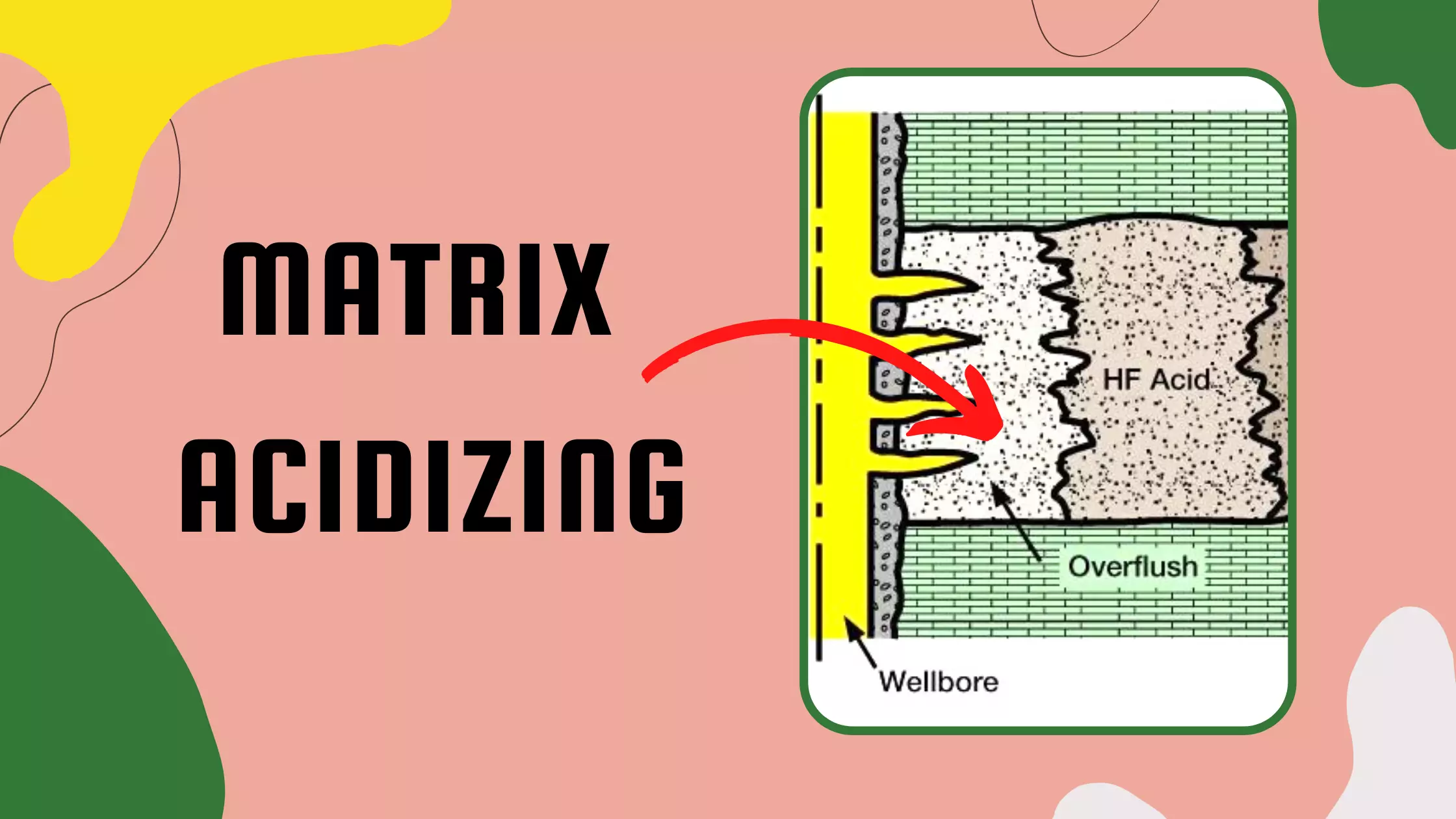Factors Affecting Deposition of Paraffins
Temperature: When crude oil cools, it loses its solubility, and can no longer keep the particles in suspension. Paraffin solidifies, its particles settle and accumulate into waxy deposits.
Pressure: Pressure holds dissolved gases and volatile constituents in solution and helps maintain the fluid at formation temperature. Obviously, it is impossible to produce oil without having a considerable pressure drop; two factors, then, work simultaneously. As pressure drops, the temperature drops, because gases evolve and expand, and heavier components settle out, forming paraffin.
Loss of Volatile Constituents: Loss of the lighter constituents of the crude definitely reduces the quantity of paraffin the oil can hold in solution. The reduction in the volume of oil results in less solvent available to dissolve the same amount of wax.
Suspended Particulate Material: Evidence shows that as paraffin begins to separate when temperature drops, formation fines such as sand and silt speed this process.
Co-produced Water: Although water has no direct effect on wax solubility in oil, it may reduce acute paraffin problems in wells that began producing it in appreciable amounts. One possible explanation is that steel tubing will water-wet, thus reducing the tendency for paraffin to deposit.
Conditions Favoring Paraffin Deposition: Even though wax may separate from crude oil, the produced paraffin does not necessarily deposit on the tubular goods and other equipment. It seems logical, in fact, for the wax to remain suspended in the crude oil itself. This ideal situation often exists, and in wells producing a very waxy crude, few paraffin problems occur. Some factors that cause paraffin accumulation in a well are
- alternate coating of the pipe and draining of the oil. When a surface is intermittently coated with oil, the thin film left on the pipe surface is too thin and its movement too slow to carry away wax particles.
- presence of only an oil film contact with the pipe while the well is flowing.
- contact of the oil with an unusually cold surface, such as in oil production through aquifers; this can cause paraffin crystals to grow directly on the pipe wall. (It is estimated that heat loss by conduction from a pipe in contact with water is approximately eight times greater than that which would occur in contact with air or dry earth.)
- rough pipe surfaces, which often provide excellent sites for paraffin deposition.
- electrical charges on various materials in the crude oil, which tend to promote migration of the separated waxes to the pipe walls.
 Petro Shine The Place for Oil and Gas Professionals.
Petro Shine The Place for Oil and Gas Professionals.



